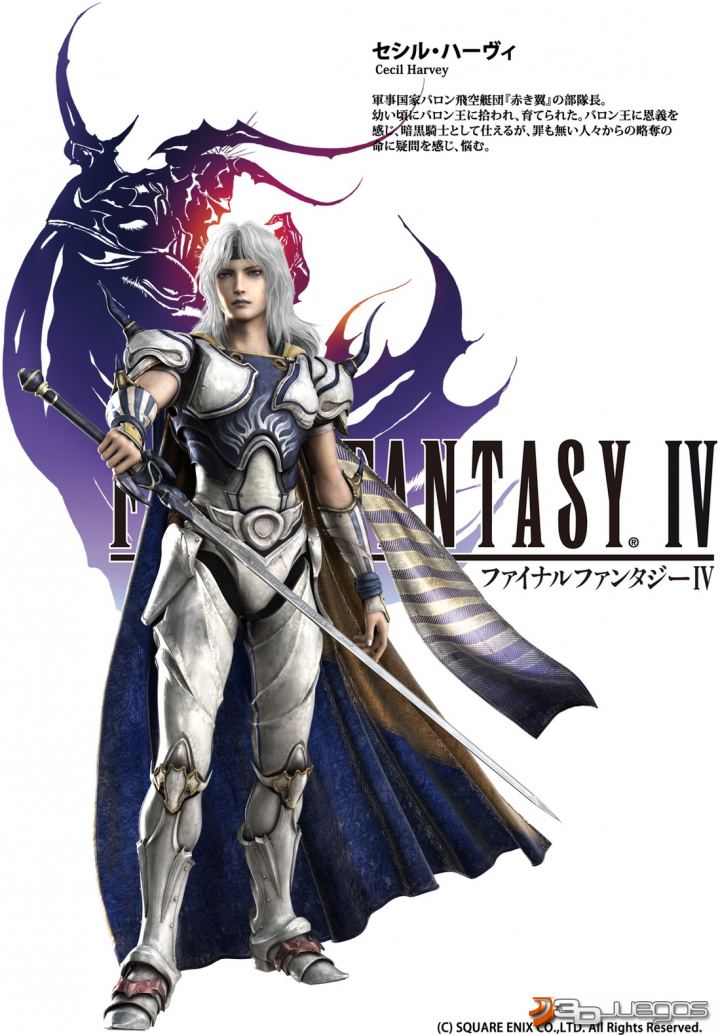

Honour points are earned by fighting and killing enemy troops.

In most real-time strategy games, items such as wood, food, gold, stone, and glory must be collected, to be spent during the creation of troops in Praetorians, the only resource you need in order to recruit stronger soldiers are honour points. Praetorians differs from other games of its genre in that resources do not play a part in it. In times of crisis team members can call upon each other via the message line: "We need help." Allies will normally offer spare troops in assistance. Members of an alliance may not attack one another, though it is still possible to attack an allied building or village belonging to an ally.

Grassy terrain can be lit on fire and can kill troops that cross the fire. Watery terrain prevents heavy infantry units from crossing, unless it is a site where a wooden bridge can be built. Forests can be used to hide infantry units, and to spring ambushes against troops out in the open.

There are multiple types of terrain in the game. Each civilization also has access to scouts to act as a form of reconnaissance, as well as doctors who can heal their troops each civilization's doctor also carries a unique ability specific to that culture. For example, Roman civilizations can field Gladiators – infantrymen that are hand-to-hand specialists – who also carry a dragnet which they can use to temporarily immobilise enemy troops, rendering them completely defenceless Barbarian tribes have access to German Cavalry, who are the only cavalry unit in the game that can travel in forests and who also have a devastating charge and Egyptian civilizations can recruit specialist archers from Nubia who can fire poison arrows that steadily drain the health points of enemy units. Cavalry units are quick, can easily outmanoeuvre most troops, and will fare pretty well in hand-to-hand combat with most other units, but they are quite susceptible to arrow fire and most cannot travel in forests.Įach civilization also has access to three highly specialised units that are superior to their "normal" counterparts. Spear units are generally competent in hand-to-hand combat, particularly in their defensive "stationary" formation when they form a spear-wall, but are susceptible to heavier infantry units and arrow fire, and cannot travel in forests. Archer units are poor in hand-to-hand combat, especially against cavalry units, but can set fire to damage buildings and siege equipment. Heavy infantry units are strong in hand-to-hand combat and quite resistant to arrow fire, but generally much slower around the map, and cannot travel over watery terrain. Light infantry units are generally weaker than heavy infantry units in hand-to-hand combat, and are very susceptible to arrow fire, but are the only units in the game that can act as builders the possible buildings they can construct range from wooden bridges and defensive towers to war machines and siege equipment such as towers and ladders. Some unit types are simply re-skinned for all the civilizations, but the variety in units offers different strategic ideas depending on which civilization the player is using. Units are trained from a garrison, which is built on a town or village which requires a garrison to be built and a commander to be sent there to oversee recruitment.Įach civilization comes with its own unique unit pool with units that have different strengths, abilities, and weaknesses. Unlike most real-time strategy titles, Praetorians focuses on military strategy and tactics rather than building or resource management.


 0 kommentar(er)
0 kommentar(er)
